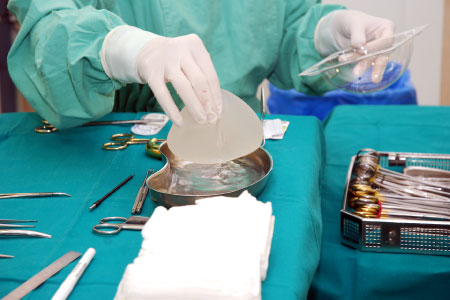About 715,000 people died in U.S. hospitals in the last year of data, according to the Center for Disease Control’s (CDC) most recent estimates, and healthcare acquired infections (HAIs) result in billions of dollars in excess costs each year. HAIs are a top priority for the U.S. Department of Health and Human Services (HHS) and the Centers for Medicare & Medicaid Services (CMS), and hospitals that receive Medicare reimbursement must comply with the CMS interpretive guidelines on infection control.
A key issue in today’s healthcare environment, infection control is a top priority for hospitals, according to compliance expert Sue Dill Calloway, who speaks regularly on the topic for ProfEdOnDemand. If not handled correctly, failures in infection control can cost your facility money in myriad ways.
Common deficiencies in infection control are within the purview of infection control professionals such as infection control nurses and coordinators, who are now called infection preventionists by APIC and CMS. The number of infection control deficiencies has gone up significantly and this should be on the radar screen of every hospital.
Hospitals should make sure they have the following six areas covered in their 2018 compliance plans:
1. HACs. CMS keeps a running list of hospital-acquired conditions (HACS) for which it will make no additional payment to hospitals for certain infections. Several of the so-called “Never Events” are infection control issues, and many insurers are trying to put into hospital contracts that the hospital cannot bill for these. In addition, surveyors can cite hospitals for being out of compliance with the hospital conditions of participation (CoPs).
The Hospital-Acquired Condition Reduction Program (HACRP) is in effect as part of the Affordable Care Act, and hospitals that rank in the quartile of hospitals with the highest total hospital-acquired condition (HAC) scores will have their CMS payments reduced by 1 percent. Hospitals need to have a good infection control practices in place or face denial of reimbursement. Therefore, it is important that your staff be up to date on this essential information.
2. Other Infection Hot Spots. Both CMS and The Joint Commission (TJC) have issued memos on steam sterilization and flash sterilization (now called immediate use steam sterilization) which is a major culprit, along with cleaning of scopes.
3. Antibiotics. Both the TJC and CMS require an antibiotic stewardship program, and the CDC’s Core Elements of Hospital Antibiotic Stewardship Programs is also a key compliance requirement.
4. Injections. Hospitals must report central line infections for ICUs to CDC. Safe injection practices, infection control breeches, humidity and insulin pens should all also be top-of-mind for hospitals in this regard, and the CDC’s 2016 vaccine storage and handling recommendations and best practices are also offered in a toolkit for health care providers.
5. Standards of Care. Following CMS standards of care is critical. Are you familiar with the latest guidelines on safe injection practices? The Institute for Safe Medication Practices most recently targeted administration of products with a precipitate and reuse of saline flush syringes as common unsafe practices. And CMS’s hospital infection control worksheet remains at the center of your compliance efforts. Are you familiar with its latest updates?
6. Devices. Finally, the FDA regulates and regularly updates procedures for cleaning, disinfecting and sterilizing reusable medical devices.



